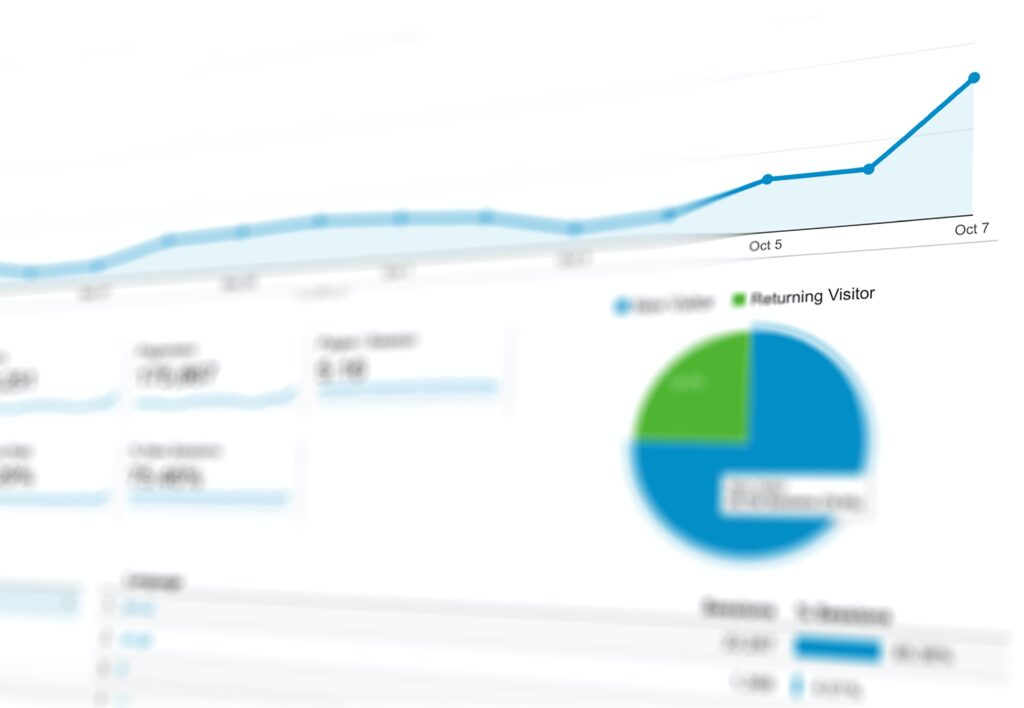
How To Increase Hotel Revenue in Low Season
Hotel low season revenue has long been considered to simply be an unfortunate fact of the industry. It brings less demand and, therefore, lower revenues too. But the industry has changed so much in such a short space of time, and hotels no longer have to accept that low season automatically means slow business.
By adopting a proactive stance and implementing a series of tried-and-tested tactics, your hotel can blossom in what traditionally is considered low season. Read on to discover our five best practice steps to attract guests and increase hotel revenue during a low occupancy phase at any time of the year.
1. Identify When Low Season Periods Occur With Forecasting
A critical foundational step is to forecast low hotel occupancy periods with precision. This gives your hotel a clearer picture of accounts receivable and payable during this period.
It enables you to better prepare management with regard to performance control across different hotel divisions, business objective execution, and overall planning. Preparation through accurate forecasting provides the understanding that is key to subsequently enact initiatives to arrest and reverse low occupancy rate trends.

2. Target New Customer Segments With a Dynamic Marketing Drive
You may have one or two specific buyer personas that you traditionally target, but low-season is the perfect time to diversify.
First of all, you can mine your own customer data and communicate with clients (via email, phone or social media) to identify customer trends, needs and wants.
GO BEYOND BUSINESS VERSUS LEISURE
There are specific niche markets beyond the traditional business-leisure dichotomy. These include the following:
- Millennials, and generations Z and X. Millennials still account for the highest number of trips per year (5.6), compared with Gen-Z (4.4), Gen X (4.0 ), and Boomers (3.5), according to Condor.
- Wellness Travel – a trip away focused on mental and physical health, and increasingly, customers who want to focus on spiritual growth too.
- Bleisure travel – mixing both work and pleasure in one trip.
- Baby boomers – people are living longer across the world. As boomers are generally in their retirement years now, they tend to have much more free time, and so are the ideal target market for low season sales periods.
- Travellers with pets – making your hotel pet-friendly, complete with everything a furry friend needs can help you attract owners who would otherwise be reluctant to leave their pet for a trip away.
- Families travelling with kids – family package deals can be an excellent way to boost your occupancy rates in low season.
Your hotel probably receives lower room demand in the off-season. Beefing up your marketing strategy and anticipating the customer segments that will be your main sources of business will be indispensable to overcome this challenge.
SERVING GROUPS, BOTH GUESTS AND NON-GUESTS
There are so many initiatives to generate more revenue in low season. These include team-building retreats, corporate meetings and events, offering a coworking space for self-employed people and small businesses, corporate events and meetings, and, of course, weddings. These can all be outstanding sources of ancillary revenue. As a potential quick-win, you can analyze your current customer data to see if there are previous customers who may be interested in these kinds of services.
GEO-SPECIFIC TARGETING
A relatively new possibility thanks to technology advances, you can target specific groups with marketing. For instance, if you’re a European hotel in winter, you could target potential customers from Middle Eastern countries to escape the summer heat.
KEEPING DIFFERENT AGE GROUPS FRONT OF MIND
It is possible to keep your product attractive across different age groups without being too broad. After all, if you appeal to everyone, you’re not appealing to any group in particular. It’s important to strike the right balance to remain attractive and not close yourself off from any specific cohort.
Different age groups typically require specific services. For instance, a retiree with an abundance of free time, is much different to a millennial bleisure traveller who wants to work and enjoy some down-time too.
With such diversity, and indeed, differences within specific groups too, you can create offers accordingly. For instance, a long-stay package can target retirees, including activities like a museum visit, walking tours, and food tasting events. You can also look at the specific needs of particular groups. As an example, 35% of people over 65 years of age have a disability. Therefore, improved access points and staff training can differentiate your hotels from others as one that is mindful and caring of retirees’ needs.
You can also source social media and communication campaign data from your guests themselves. What do they want to see and do? What does their perfect hotel break look and feel like? This data can be the source for social media and blog topics to attract future guests.
CREATE A COMPREHENSIVE TARGETING PLAN
This involves identifying the groups that you want to target. You can then use the internet and social media, from Facebook to Instagram, and from Google search to Pinterest, to advertise and post organic content. You can also combine this approach with blog posts on your website and email campaigns to drive business, including promotions and a periodic newsletter.
3. Maximize the Reach of Your Digital Marketing Campaigns
It’s one thing to enact digital marketing campaigns. It’s another step entirely though to implement a periodic process to optimize them for return on investment.
Your hotel can increase hotel revenue in low season by maximizing its slice of the traffic pie with a number of tactics. These include the following:
- Take requisite action to achieve a higher position on Google Ads and Metasearch Engines.
- Increase investment in search engine marketing by buying brand-neutral keywords.
- Enlarge reach of online retargeting campaigns and launch targeted display campaigns.
4. Apply Unconventional Pricing Strategies
While lowering your prices may come to mind, you could first consider the following:
PACKAGES AND PROMOTIONS
You can introduce new activities through blog posts and social media for potential guests, and direct communication with former guests. Promoting them on your main website is also essential. You can come up with attractive packages by partnering with local businesses that offer appealing services which complement your own, such as museums or theme parks.
LOYALTY SCHEMES
A loyalty card promotes repeat business and regular visits with rewards and discounts. Incentives may include a free drink at the bar on their next visit, a welcome gift, or a discount on their next stay.
SUPPLEMENTS
Large price differences between room types help to yield strong results in high demand periods, but can produce contrasting results in low season. You can counter this by checking conversion rates per room category and comparing them to higher demand cycles to find out if the higher room types are lagging in conversion.
ROOM RATES
Reducing rates is an effective tool to match competition and attract price-sensitive customers, many of whom could be priced out of your hotel in high-season. Nevertheless, remind yourself to price consciously with your brand image and reputation in mind (i.e. not hurting your brand image by slashing rates too much). After all, while a powerful tool, discounting may not always be the right answer.
You can use other benefits of travelling in hotel low season to your advantage, including lower journey fees and much fewer tourists than in high season.
It’s crucial to make sure that your offers feel special and thought-out, and not just something that has been thrown together to lure people in. They cannot be an afterthought.
Lastly, tracking, optimizing and carrying out critical reflection on any revenue management strategy is key. You may wish to consider a Revenue Management System that makes this process fast, effective and precise.
5. Regenerate your Operations and Processes
Low season is the perfect time to train staff on essential revenue-generating strategy. Client-facing staff require role-specific training. For instance, you can provide front desk employees with best-practice training on promoting booking upgrades, whereas bar and restaurant staff can benefit from product cross-selling and upselling education.
Take charge of your guest experience and review score by actively encouraging feedback and reviews. You can also carry out a deep-dive review into where you might be lacking in service by going over every critical step of the customer journey, while being careful by maintaining an objective point of view.
Low season is also an excellent time to do some “spring cleaning”. This may typically include carrying out updates to your website, branding, and social media accounts, and collecting feedback from guests and staff, with a particular focus on where service has fallen short of expectations.
Preparing Your Hotel for Low Season
Hotels often resign themselves to the respective high/low season peaks and troughs and merely accept that in low season, business is just a lot slower. This is very much a reactive approach and you don’t need to accept this for your hotel. With proactive strategic planning, you can skyrocket your success in low season periods, no matter what type of hotel property and level of seasonality.
Read our recent article – How to Forecast Hotel Revenue with Optimized Precision – to further discover how to increase hotel revenue during off-season!
Cheers,
Patrick Landman @ Xotels







